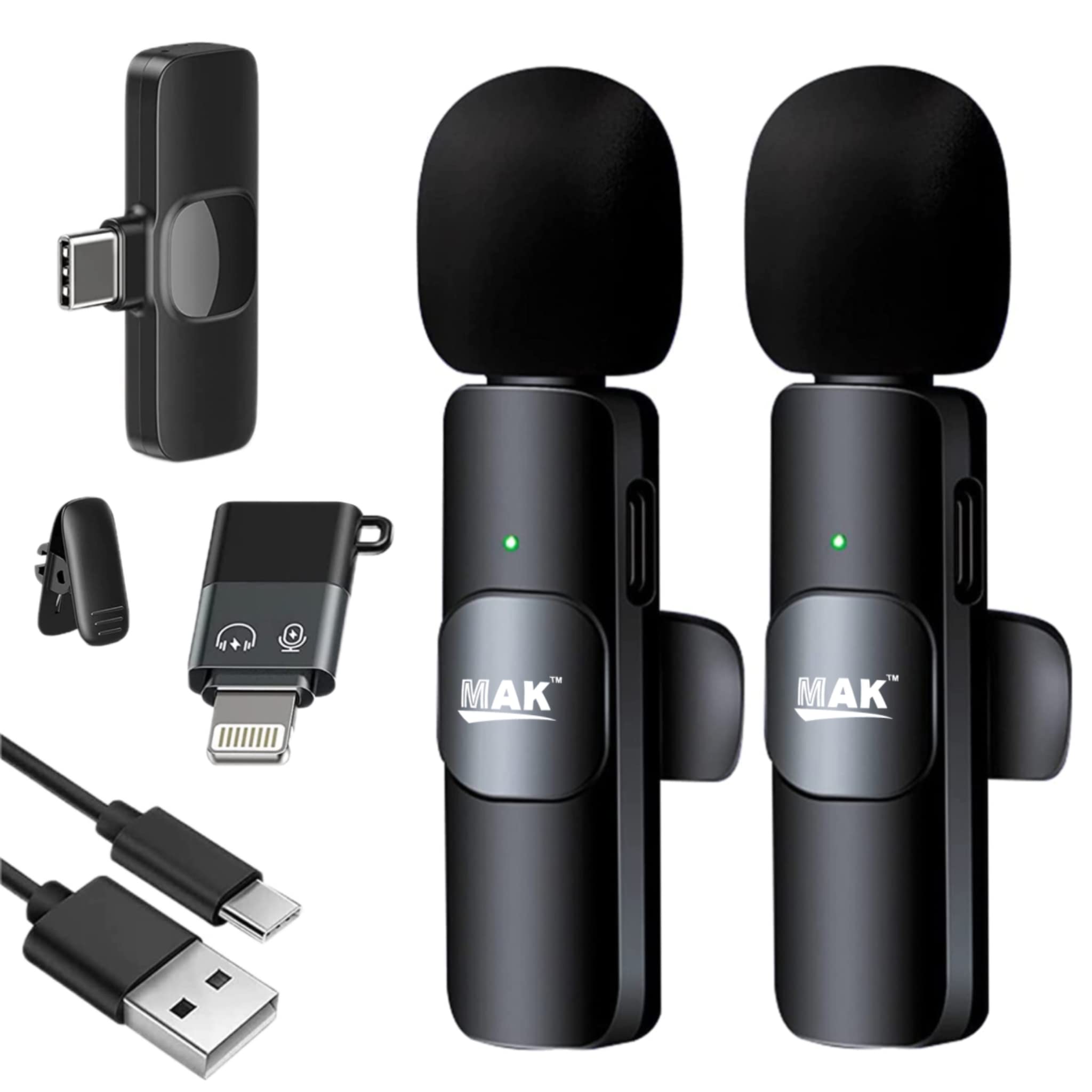
Are you tired of dealing with tangled cables and restricted movement when using a microphone? It’s time to upgrade to the convenience of a wireless microphone! Whether you’re a musician, presenter, or public speaker, a wireless microphone provides the freedom to move around without the hassle of cords. But how do you hook up a wireless microphone and ensure optimal performance? In this article, we will guide you through the process of setting up your wireless microphone system, from connecting the receiver to troubleshooting common issues. So, if you’re ready to experience the freedom and flexibility of going wireless, read on to find out how to hook up a wireless microphone.
Inside This Article
How to Hook Up a Wireless Microphone
If you’re looking to free yourself from the constraints of a wired microphone, a wireless microphone system is the perfect solution. Whether you’re a performer on stage, a presenter at a conference, or a fitness instructor in a large room, a wireless microphone allows you to move freely while still being heard clearly. In this article, we’ll guide you through the process of hooking up a wireless microphone system.
Before you begin, it’s important to choose the right wireless microphone system for your needs. Consider factors such as range, frequency response, and durability. Once you have the perfect system, follow these steps to set it up:
- Setting up the Wireless Microphone Receiver:
- Connecting the Wireless Microphone Transmitter:
- Adjusting the Microphone Settings:
- Troubleshooting Wireless Microphone Issues:
The receiver is the central component of your wireless microphone system. First, locate an open space near the audio source where you can place the receiver. Connect the receiver to a power source and to your audio equipment using the provided cables. Make sure the receiver is turned on and set to the appropriate channel.
The transmitter is the handheld device that you will carry with you. Start by inserting fresh batteries into the transmitter, ensuring a reliable power supply. Then, turn on the transmitter and sync it with the receiver by following the manufacturer’s instructions. Once the transmitter is paired with the receiver, you’re ready to go.
Once the wireless microphone system is set up, ensure that the microphone is working optimally. Check the volume levels on both the receiver and the transmitter, and make any necessary adjustments. Experiment with the microphone’s sensitivity settings to find the perfect balance between volume and background noise suppression.
If you encounter any issues, such as interference or signal dropouts, there are several troubleshooting steps you can take. Move away from other electronic devices that may be causing interference, adjust the position of the receiver and transmitter for better signal strength, and check that the batteries have enough power. If problems persist, consult the user manual or contact the manufacturer for further assistance.
By following these steps, you can easily hook up a wireless microphone system and enjoy the freedom of movement without sacrificing audio quality. Remember to choose a system that suits your specific needs, and always read the manufacturer’s instructions for the best results. Now you can confidently take the stage or deliver your presentation with the confidence that your voice will be heard loud and clear.
So go ahead, hook up that wireless microphone and unleash your true performance potential!
After exploring the ins and outs of hooking up a wireless microphone, it’s clear that this handy device can greatly enhance your audio experience. Its convenience and versatility make it a game-changer for public speakers, performers, and audio enthusiasts alike.
By following the simple steps outlined in this guide, you can easily connect your wireless microphone to compatible devices and enjoy the freedom of movement without sacrificing sound quality. Whether you’re giving a presentation, hosting a podcast, or performing on stage, a wireless microphone allows you to move around effortlessly while delivering crystal-clear audio to your audience.
So, no more tangled cords or limitations in movement. It’s time to untether yourself and embrace the seamless audio experience provided by a wireless microphone. Get ready to take your performances to the next level and enjoy the freedom that only a wireless microphone can offer!
FAQs
1. Can I connect a wireless microphone to any device?
Yes, wireless microphones can be connected to a variety of devices, including smartphones, tablets, laptops, cameras, and sound systems. However, it’s important to check the compatibility of the wireless microphone with the specific device before making a connection.
2. How do I connect a wireless microphone to my smartphone?
The process may vary depending on the type of wireless microphone and smartphone you have. Generally, you will need to power on the microphone, activate the Bluetooth function on your smartphone, and pair the two devices. Follow the manufacturer’s instructions or refer to the user manual for detailed steps.
3. Is a wireless microphone better than a wired one?
Both wireless and wired microphones have their advantages and disadvantages. Wireless microphones offer freedom of movement and flexibility, particularly useful in live performances or presentations. However, wired microphones often provide a more stable and reliable connection. The choice between the two depends on your specific needs and circumstances.
4. How far can I be from the receiver with a wireless microphone?
The range of a wireless microphone varies depending on the model and environmental conditions. Generally, most wireless microphones have a range of up to 100 feet or more. However, obstacles such as walls or other electronic devices can reduce the range. It’s advisable to test the microphone in different locations to ensure optimal performance.
5. How do I avoid interference with a wireless microphone?
Interference can be minimized by choosing a wireless microphone system that operates on multiple frequencies or has a frequency scanning feature. This allows you to find and use the clearest frequency available. Additionally, keeping the microphone and receiver away from other wireless devices or sources of interference, such as Wi-Fi routers or Bluetooth devices, can help reduce interference.
